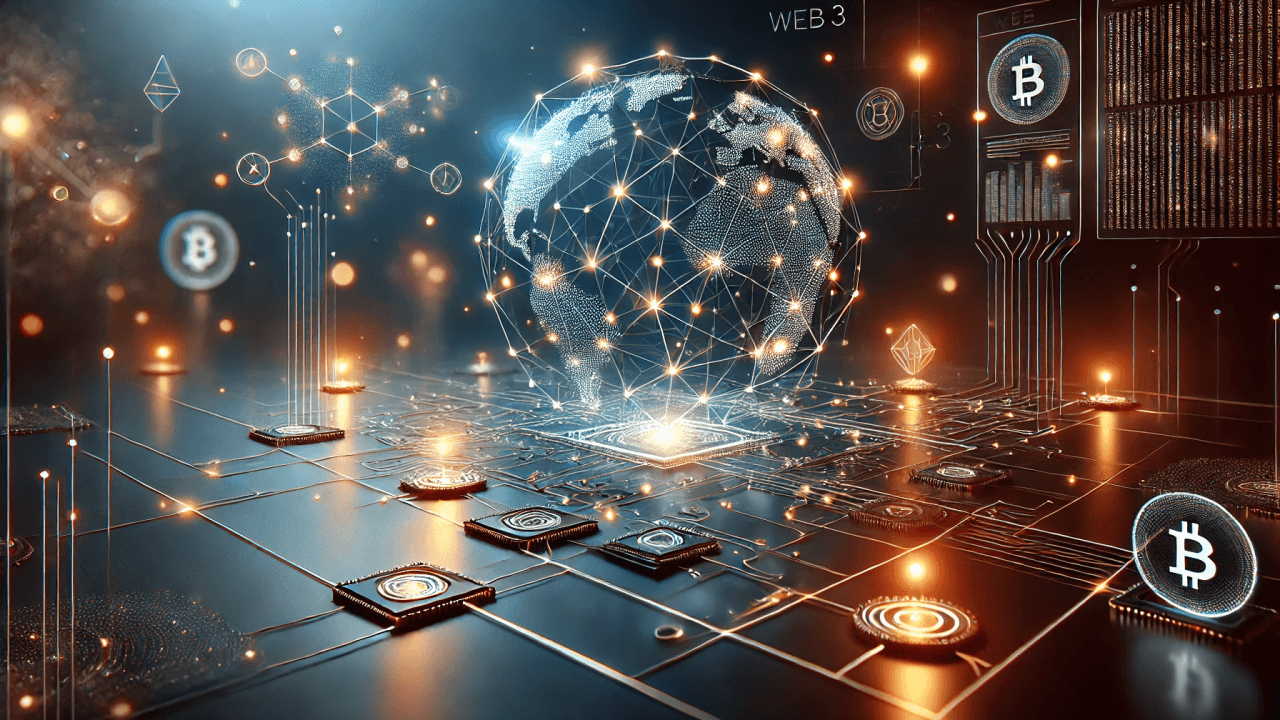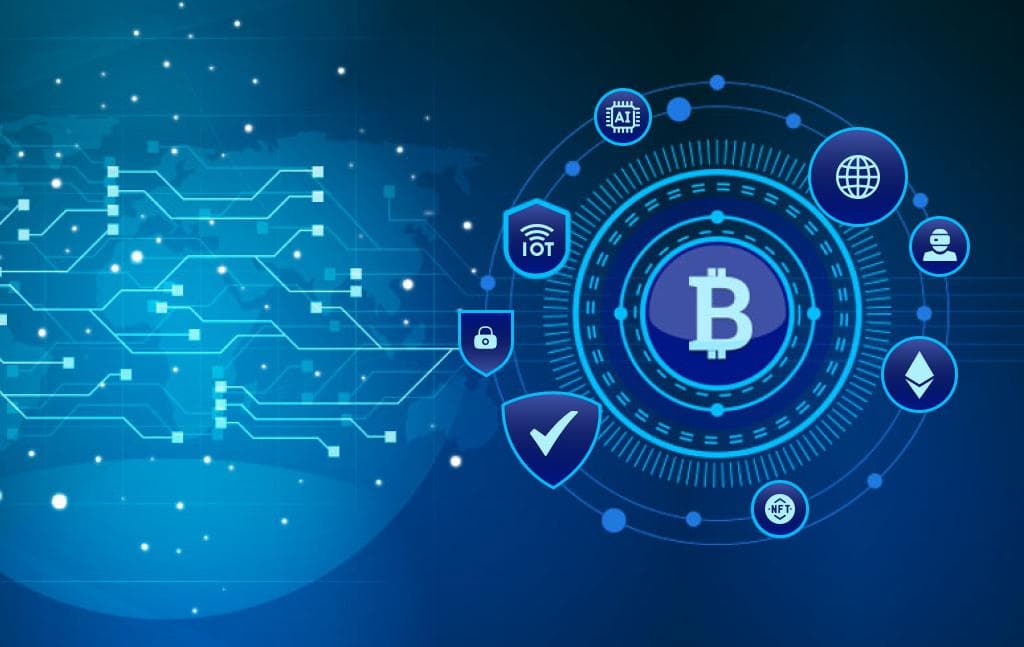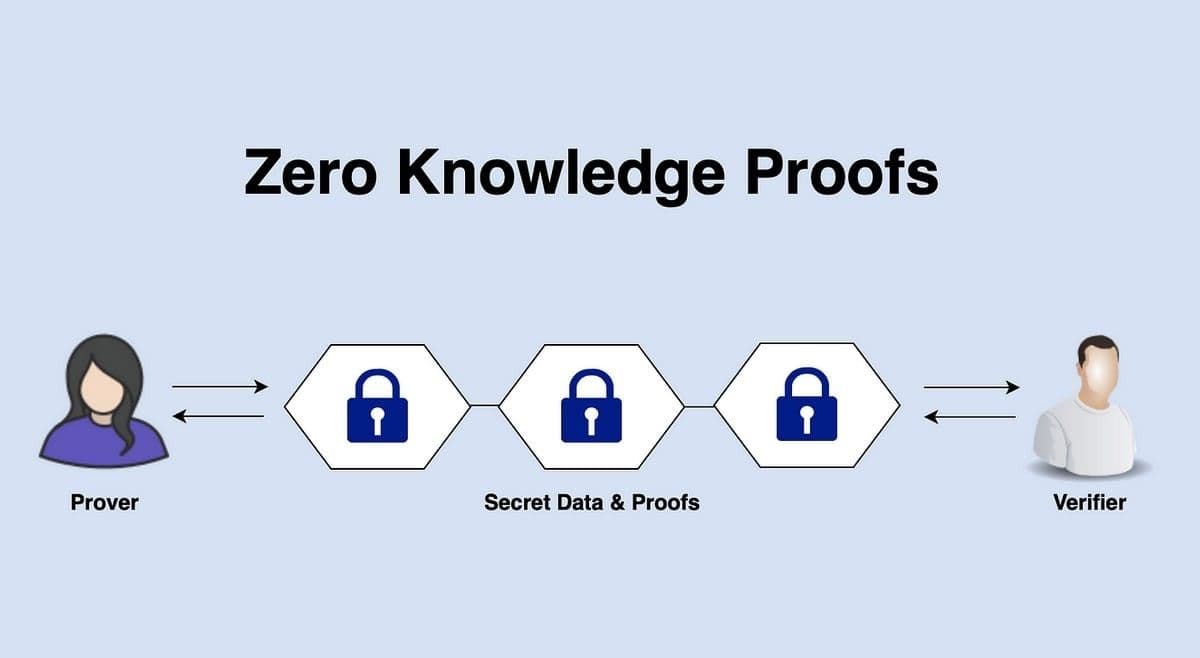
Web3 Development Trends 2025: Building the Decentralized Future
The digital landscape is undergoing its most profound shift since the advent of the internet. Web3, powered by blockchain technology, is moving beyond theoretical concepts and speculative assets into a phase of tangible, real-world utility. For forward-thinking businesses and developers, understanding the trajectory of Web3 is no longer optional—it's imperative for maintaining a competitive edge. This deep dive into the defining Web3 development trends of 2025 explores the technologies and models set to redefine industries, unlock new revenue streams, and build a more decentralized, user-centric digital economy.
Real-World Asset (RWA) Tokenization: Unlocking New Revenue Streams
The multi-trillion-dollar opportunity of blockchain lies not in creating new digital assets, but in bridging the value of the physical world onto the chain. Real-World Asset (RWA) tokenization is the process of converting rights to a physical or intangible asset into a digital token on a blockchain. This isn't merely a theoretical concept; it's a seismic shift in how we perceive ownership and liquidity.
How RWA Tokenization is Reshaping Finance and Beyond
- Fractional Ownership of High-Value Assets: Illiquid assets like commercial real estate, fine art, and private equity are being broken down into affordable, digital shares. This democratizes investment, allowing smaller investors to participate in markets previously reserved for the ultra-wealthy. A single building can be tokenized into 10,000 shares, each representing a fractional ownership stake.
- Increased Liquidity and 24/7 Markets: Tokenized RWAs can be traded on global digital asset exchanges, bypassing traditional market hours and complex settlement processes. This injects unprecedented liquidity into stagnant asset classes.
- Enhanced Transparency and Reduced Fraud: Every transaction, ownership record, and underlying asset detail is immutably recorded on the blockchain. This creates an auditable, tamper-proof trail that drastically reduces fraud and administrative overhead.
For businesses, the strategic imperative is clear. Tokenizing real-world assets opens up novel revenue streams by creating new financial products, reaching a global investor base, and optimizing capital efficiency. The future of asset management is digital, fractional, and on-chain.
DePIN (Decentralized Physical Infrastructure Networks): The Next Web3 Revolution
While much of Web3 exists in the digital ether, DePIN (Decentralized Physical Infrastructure Networks) is a trend that physically builds our future. DePIN projects use blockchain-based token incentives to motivate a global community to build and maintain real-world physical infrastructure.
The Core Models of DePIN
- Physical Resource Networks (PRNs): These networks incentivize participants to deploy location-based hardware to provide real-world goods and services. Examples include:
- Wireless Networks: Helium Mobile (5G) and Helium IOT.
- Energy Grids: Projects like Power Ledger enabling peer-to-peer energy trading.
- Sensor Networks: Decentralized environmental data collection.
- Digital Resource Networks (DRNs): These networks incentivize the sharing of digital resources, such as:
- Storage: Filecoin, Arweave, and Sia.
- Computing Power: Render Network and Akash Network.
- Bandwidth: The foundational layer for decentralized web services.
The DePIN revolution represents a fundamental shift from corporate-owned infrastructure to community-built, crowd-sourced networks. This model leads to faster deployment, greater resilience, and more competitive pricing, ultimately challenging the monopolies of traditional tech and telecom giants.
Smart Contracts for Business: Beyond Cryptocurrency Applications
The narrative that smart contracts are solely for cryptocurrency transactions is obsolete. In 2025, they are the backbone of automated, trustless business logic. A smart contract is a self-executing agreement with the terms directly written into code, running on a blockchain.
Enterprise-Grade Smart Contract Applications
- Supply Chain Provenance: Automate and verify the entire journey of a product. A smart contract can trigger payments to a supplier once a shipment is verified by an IoT sensor at the port of entry, all while providing an immutable record of the product's origin and handling.
- Automated Royalty Distributions: For creative industries, smart contracts can be programmed to instantly and transparently distribute royalties to artists, producers, and publishers every time a song is streamed or digital art is resold.
- Corporate Governance and Compliance: Execute shareholder voting with tamper-proof results, manage cap tables automatically, and ensure regulatory compliance through coded rules that cannot be bypassed.
The business case for smart contracts for business is rooted in radical efficiency, cost reduction, and the elimination of counterparty risk. They are becoming a non-negotiable component of modern digital infrastructure. For organizations looking to implement these solutions, partnering with an experienced developer like BigSoft can ensure a secure and effective deployment.
Web3 Gaming: Play-to-Earn Models and Digital Ownership
The $200+ billion gaming industry is being rebuilt on a new foundation: true digital ownership. Web3 gaming shifts the paradigm from "play-to-win" to "play-and-own," returning value and control to the players.
The Evolution of Player Economics
- From Play-to-Earn to Play-and-Own: The early "play-to-earn" model, while revolutionary, often felt like work. The trend in 2025 is maturing into "play-and-own," where the focus is on a great gameplay experience, augmented by the ability to truly own in-game assets as Non-Fungible Tokens (NFTs).
- Interoperability and Composability: Imagine taking a sword earned in one game and using it as a skin or item in another, all verified on a blockchain. This interoperability unlocks a new era of creative gameplay and developer collaboration.
- Player-Driven Economies: Gamers are no longer just consumers; they are stakeholders. They can influence game development through Decentralized Autonomous Organizations (DAOs), earn from their contributions, and benefit from the secondary market for their digital assets.
For game developers, Web3 gaming presents a new business model with sustained revenue from secondary sales and a deeply engaged, invested community that helps grow the game organically.
DAO Development: Decentralized Governance for Modern Organizations
The corporate hierarchy is being challenged by a new, internet-native organizational structure: the Decentralized Autonomous Organization (DAO). A DAO is an entity with no central leadership, governed by smart contracts and the collective votes of its token-holding members.
Why DAOs are Gaining Traction in 2025
- Global Talent and Collaboration: DAOs can seamlessly coordinate contributions from thousands of members across the globe, compensating them transparently through a shared treasury and pre-defined rules.
- Alignment of Incentives: By issuing governance tokens, DAOs align the interests of all participants. Those who contribute most to the organization's success are rewarded and have a greater say in its direction.
- Resilience and Transparency: With no single point of failure and all transactions and proposals recorded on-chain, DAOs offer a level of operational resilience and transparency that traditional corporations struggle to match.
DAO development is no longer confined to crypto projects. We are seeing their application in venture capital (venture DAOs), social clubs (social DAOs), and philanthropic organizations, proving that decentralized governance is a viable and powerful model for the future of work.
Blockchain Solutions for Enterprise: Security, Transparency, and Efficiency
Enterprises are moving beyond blockchain pilots to full-scale integration. The value proposition is no longer a mystery; it's a quantifiable advantage in security, operational transparency, and cost efficiency. Here’s how enterprise blockchain solutions are delivering concrete ROI.
How Blockchain Enhances Supply Chain Transparency
Modern supply chains are complex, opaque, and vulnerable to fraud and inefficiency. Blockchain for supply chain acts as a single, shared source of truth.
- End-to-End Traceability: From raw material to end consumer, every handoff, temperature change, and customs clearance is recorded on an immutable ledger.
- Provenance and Authenticity: Combat counterfeiting by allowing consumers to scan a QR code and see the verified, unchangeable history of a product, be it a pharmaceutical drug, a luxury handbag, or an organic avocado.
- Automated Compliance and Payments: Smart contracts can automatically release payments upon the fulfillment of verified conditions (e.g., delivery confirmation), reducing disputes and administrative delays.
Sustainable Blockchain: Proof-of-Stake vs. Proof-of-Work in 2025
The "blockchain is bad for the environment" narrative is outdated. The landscape of consensus mechanisms has evolved dramatically, making sustainable blockchain a reality.
The 2025 Consensus Landscape
- Proof-of-Work (PoW): The original consensus mechanism, used by Bitcoin. It secures the network through computational competition, which is highly energy-intensive. While incredibly secure, its energy consumption remains a point of criticism.
- Proof-of-Stake (PoS): The modern standard, adopted by Ethereum, Cardano, and other major platforms. PoS validators are chosen to create new blocks based on the amount of cryptocurrency they "stake" as collateral. It is ~99.95% more energy-efficient than PoW.
In 2025, the debate is settled for enterprise applications. Proof-of-Stake vs. Proof-of-Work is a clear choice for businesses prioritizing sustainability, scalability, and lower transaction costs. PoS and its variants (DPoS, PoH) are the undisputed future for scalable enterprise blockchain solutions.
NFT Utility Beyond Art: Real Applications for Business
The era of the JPEG millionaire has passed, making way for the age of utility NFTs. These are functional digital assets that provide real-world value, access, and services.
Business Applications of Utility NFTs
- Ticketing and Access Control: Event tickets as NFTs eliminate fraud, enable controlled resale with royalties for organizers, and can grant exclusive backstage access or merchandise claims.
- Identity and Credentials: Digital diplomas, professional certifications, and memberships can be issued as NFTs, providing a verifiable and portable record of achievement that cannot be forged.
- Token-Gated Commerce and Communities: Brands can issue NFTs that act as keys to exclusive online stores, product drops, or community forums, creating loyal super-fans and new revenue channels.
The conversation has shifted from "What is it?" to "What does it do?". NFT utility beyond art is the driving force behind their continued adoption in business models.
Building Secure Blockchain Applications: Best Practices
With great innovation comes great responsibility. The immutable nature of blockchain means that security flaws can be catastrophic. Building secure blockchain applications is the highest priority for any development team.
A Security-First Development Checklist
- Smart Contract Audits: Never deploy a smart contract without a thorough audit by multiple, reputable third-party security firms. This is non-negotiable.
- Principle of Least Privilege: Design smart contracts with minimal necessary access and permissions. Avoid monolithic contracts; use a modular design to limit the blast radius of a potential vulnerability.
- Proper Key Management: Utilize secure, institutional-grade custody solutions like multi-party computation (MPC) wallets to prevent private key loss or theft.
- Continuous Monitoring and Bug Bounties: Implement real-time monitoring for suspicious activity and establish a robust bug bounty program to incentivize white-hat hackers to find vulnerabilities before malicious actors do. Adhering to these practices is a core tenet of the development philosophy at BigSoft, ensuring robust and reliable applications.
Blockchain Integration with AI: The Perfect Tech Combination
Two of the most transformative technologies of our time are converging to create a more transparent, fair, and efficient digital ecosystem. Blockchain integration with AI solves critical challenges inherent in both fields.
The Synergistic Benefits
- Data Provenance and Integrity for AI Models: AI is only as good as its data. Blockchain can provide an immutable audit trail for training data, verifying its source, quality, and lineage, thus combating bias and ensuring regulatory compliance (e.g., for GDPR).
- Decentralized AI Marketplaces: Blockchain enables the creation of peer-to-peer markets where data scientists can sell or license AI models, and users can access AI services, with all transactions and usage transparently recorded.
- AI-Optimized Blockchain Networks: AI algorithms can be used to optimize blockchain operations, such as predicting network congestion to suggest optimal transaction fees or enhancing security by detecting malicious smart contract patterns.
This fusion is not just a trend; it's the foundation for the next generation of trusted, autonomous digital systems. Blockchain and AI together create a whole that is greater than the sum of its parts. Navigating this complex integration requires expert knowledge, an area where specialized firms like BigSoft provide significant value.
Conclusion: The Future is a Buildable Reality
The Web3 development trends of 2025 demonstrate a clear trajectory from speculation to application, from niche to mainstream. The foundational pieces—RWA tokenization, DePIN, advanced smart contracts, and DAOs—are in place. For enterprises, the path is equally clear: leverage blockchain solutions for a tangible competitive advantage in security, transparency, and efficiency. The decentralized future is no longer a concept; it is a buildable reality, and the time to start building is now.



